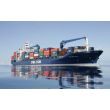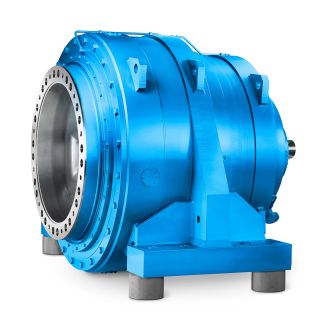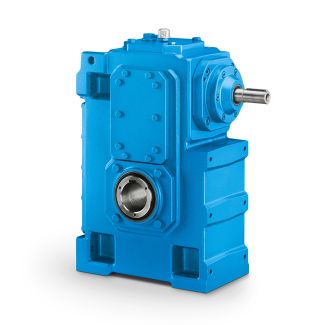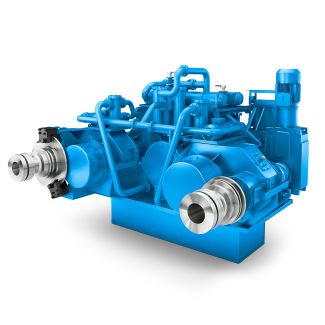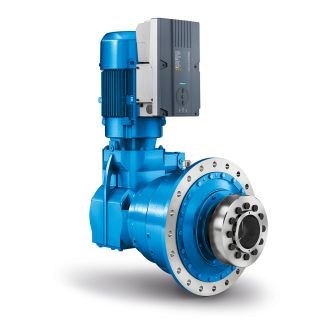Helical gear Reduction Box H3 flender alemania H3VV-18-C
In stock
SKU
H3VV-18-C
$107,785.71
Flender/Flender Gear Units/Helical gear Reduction Box H3
ction sites, water is mainly used for surface treatment processes, washing, rinsing and cleaning, as coolant or for non-production-related purposes such as sanitary water or drinking water in the canteen or in construction projects. Wastewater is usually discharged into the
such as sanitary water or drinking water in the canteen or in construction projects. Wastewater is usually discharged into the  public sewer system and then treated in local sewage treatment plants.Our water consumptionGRI 3-1, 3-3, 3-5 | SDG 6.3, 6.4
public sewer system and then treated in local sewage treatment plants.Our water consumptionGRI 3-1, 3-3, 3-5 | SDG 6.3, 6.4  The primary source of water at all sites is municipal supply. At some sites, water from surface and ground water
The primary source of water at all sites is municipal supply. At some sites, water from surface and ground water  isused for cooling processes. total of3.5 megaliters (ML) of water was withdrawn worldwide in 2, of which 5% came from freshwater supply and 4% from groundwater withdrawal. Thismeans an overall increase in water consumption of 7%. The total water consumption from the municipal supply (third-party water) has also increased by almost 2%. The increases are dueto the integration of the Wind Generators business unit as well as asignificant increase in production andongoing expansion projects. We have already optimized our water management in recent years and it ischecked annually. During the year under review, we set ourselves specific goal of reducing our water consumption by 1% between 2 and2. Our global water efficiency program should help us to consistently minimize our water consumption at all sites in the future. ENVIRONMENTAL SUSTAINABILITY4 SUSTAINABILITY REPORT 2 4.5 UR WASTE AND WATER MANAGEMENT CONTINUED Our water consumption continued GRI 3-1, 3-3, 3-5 | SDG 6.3, 6.4 continued The total and specific wastewater volumes worldwide have also increased in the last three years due to ongoing expansion projects and the significant increase in production. As we output contaminated wastewater, prior in-house pre-treatment is required before the wastewater is discharged into the public sewage system. For all treatment plants, we have thenecessary approvals from the responsible water authorities and monitor the treatment and pollutant parameters for
isused for cooling processes. total of3.5 megaliters (ML) of water was withdrawn worldwide in 2, of which 5% came from freshwater supply and 4% from groundwater withdrawal. Thismeans an overall increase in water consumption of 7%. The total water consumption from the municipal supply (third-party water) has also increased by almost 2%. The increases are dueto the integration of the Wind Generators business unit as well as asignificant increase in production andongoing expansion projects. We have already optimized our water management in recent years and it ischecked annually. During the year under review, we set ourselves specific goal of reducing our water consumption by 1% between 2 and2. Our global water efficiency program should help us to consistently minimize our water consumption at all sites in the future. ENVIRONMENTAL SUSTAINABILITY4 SUSTAINABILITY REPORT 2 4.5 UR WASTE AND WATER MANAGEMENT CONTINUED Our water consumption continued GRI 3-1, 3-3, 3-5 | SDG 6.3, 6.4 continued The total and specific wastewater volumes worldwide have also increased in the last three years due to ongoing expansion projects and the significant increase in production. As we output contaminated wastewater, prior in-house pre-treatment is required before the wastewater is discharged into the public sewage system. For all treatment plants, we have thenecessary approvals from the responsible water authorities and monitor the treatment and pollutant parameters for| Model Type | Helical gear Reduction Box H3 |
|---|---|
| Gear Type | Helical Gear |
| Weight (kg) | 5030.000000 |
| Ratio Range | 1 : 25…100 |
| Low Speed Output | Solid shaft with parallel key acc. to DIN 6885/1 with reinforced spigot |
| Nominal Torque | 240000 Nm |
| Mounting Arrangements | Vertical mounting position |
| Manufacturer | Siemens Industriegetriebe GmbH, Penig |
| Country of Manufacture | Uruguay |
| Data Sheet & Drawings | Helical gear Reduction Box H3 flender alemania H3VV-18-C |





